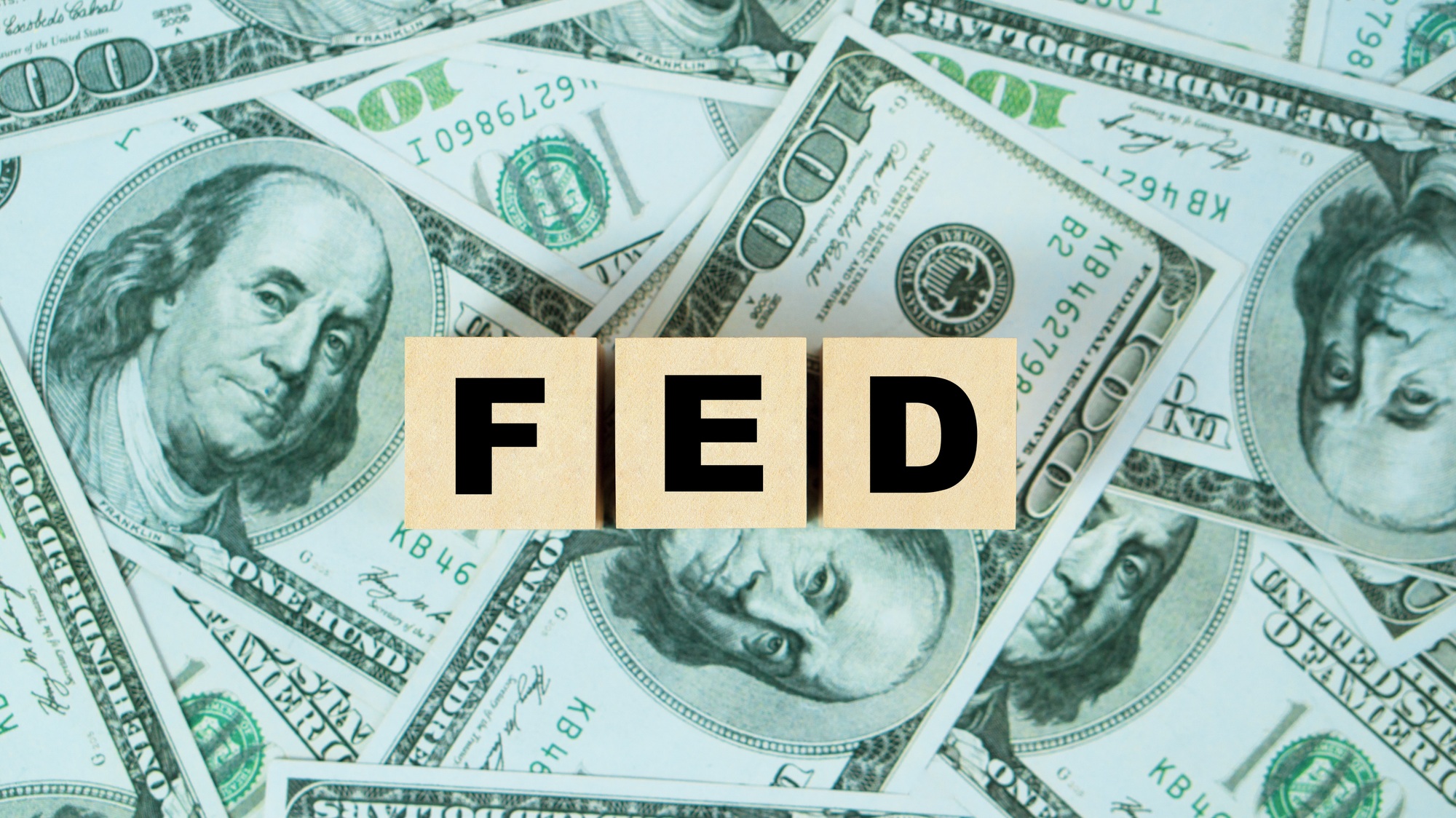The Federal Reserve is now expected to hold off on cutting interest rates until September, as recent economic data points to sustained inflationary pressures and a resilient labor market. The shift in market expectations follows a stronger-than-forecast rise in consumer prices for March, which has reinforced the central bank’s cautious stance.
As reported by economists and bond market strategists, investors are scaling back their bets on an early rate cut, with futures markets now pricing in a first reduction in September—three months later than previously anticipated. The adjustment comes in response to the latest Consumer Price Index (CPI) reading, which showed inflation remaining well above the Fed’s 2% target, particularly in core categories like housing and services.
According to analysts, the Fed’s data-dependent approach has left the door open to delays, especially if inflation fails to show convincing signs of deceleration. While the central bank had signaled in earlier meetings that multiple cuts could be appropriate this year, persistent price growth and robust employment figures are complicating that outlook.
Several Fed officials have recently echoed this sentiment in public remarks, emphasizing the need for greater confidence that inflation is on a sustainable downward path before any monetary easing can begin. Markets had previously priced in a rate cut as early as June, but the latest developments have significantly reduced that probability.
Meanwhile, bond yields rose in the wake of the inflation report, reflecting investor recalibration of rate expectations. The yield on the 10-year Treasury note moved higher, signaling tighter financial conditions and growing skepticism that a policy pivot is imminent.
Looking ahead, upcoming economic data—including labor market figures and additional inflation reports—will play a critical role in shaping the Fed’s timeline. For now, the consensus is that the central bank will wait until late summer or early fall before initiating its first rate cut, barring any unexpected deterioration in growth or financial stability.







